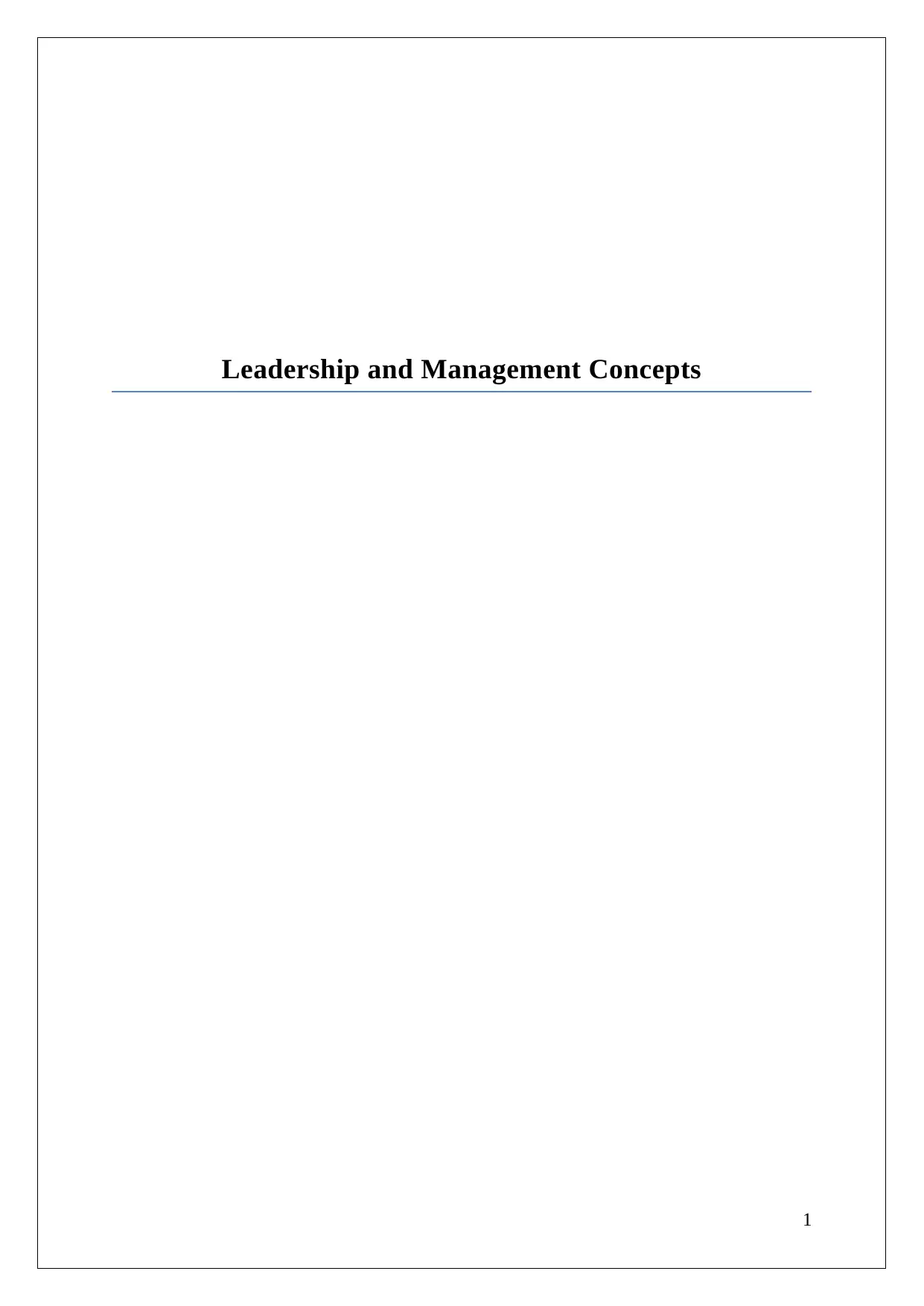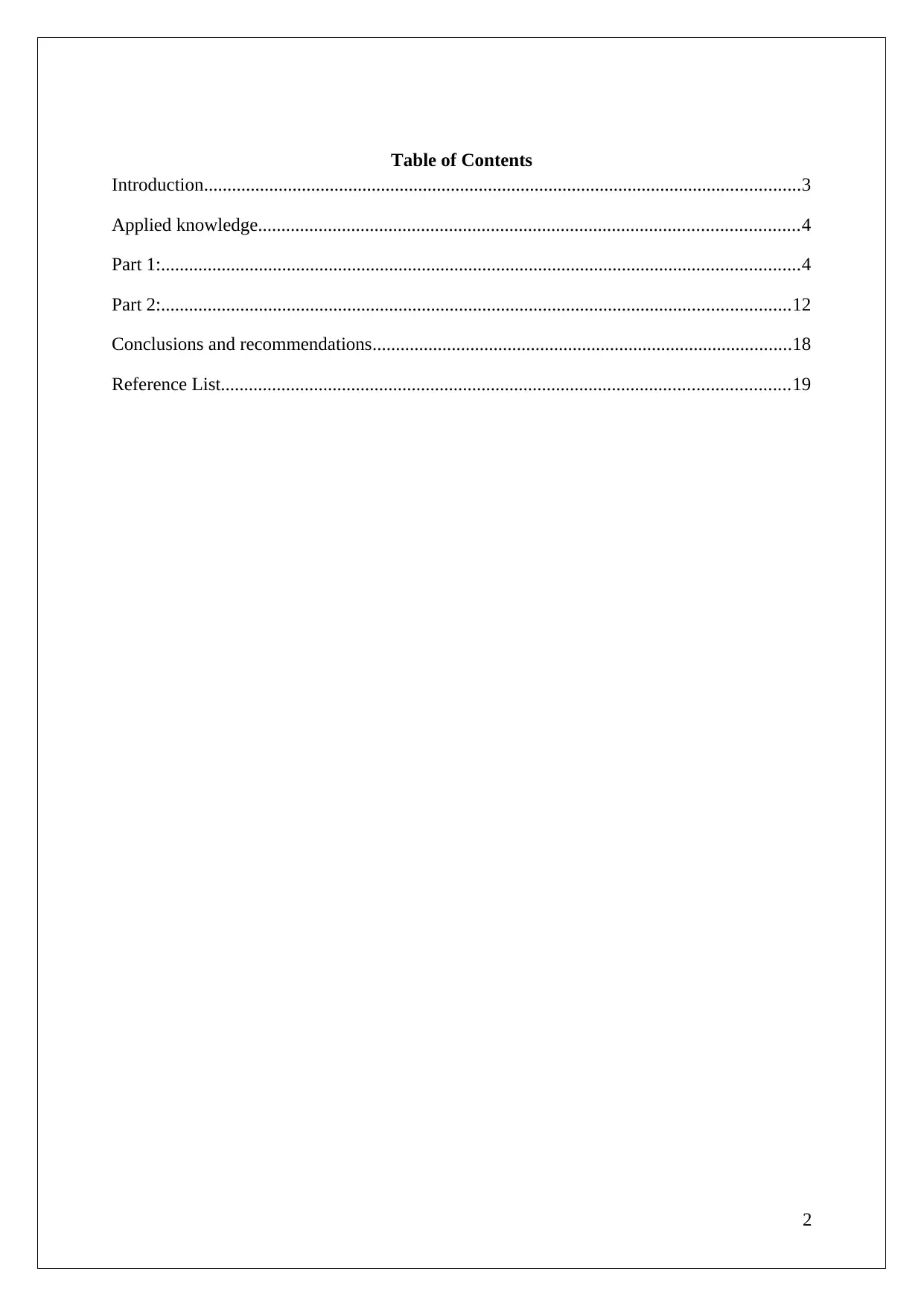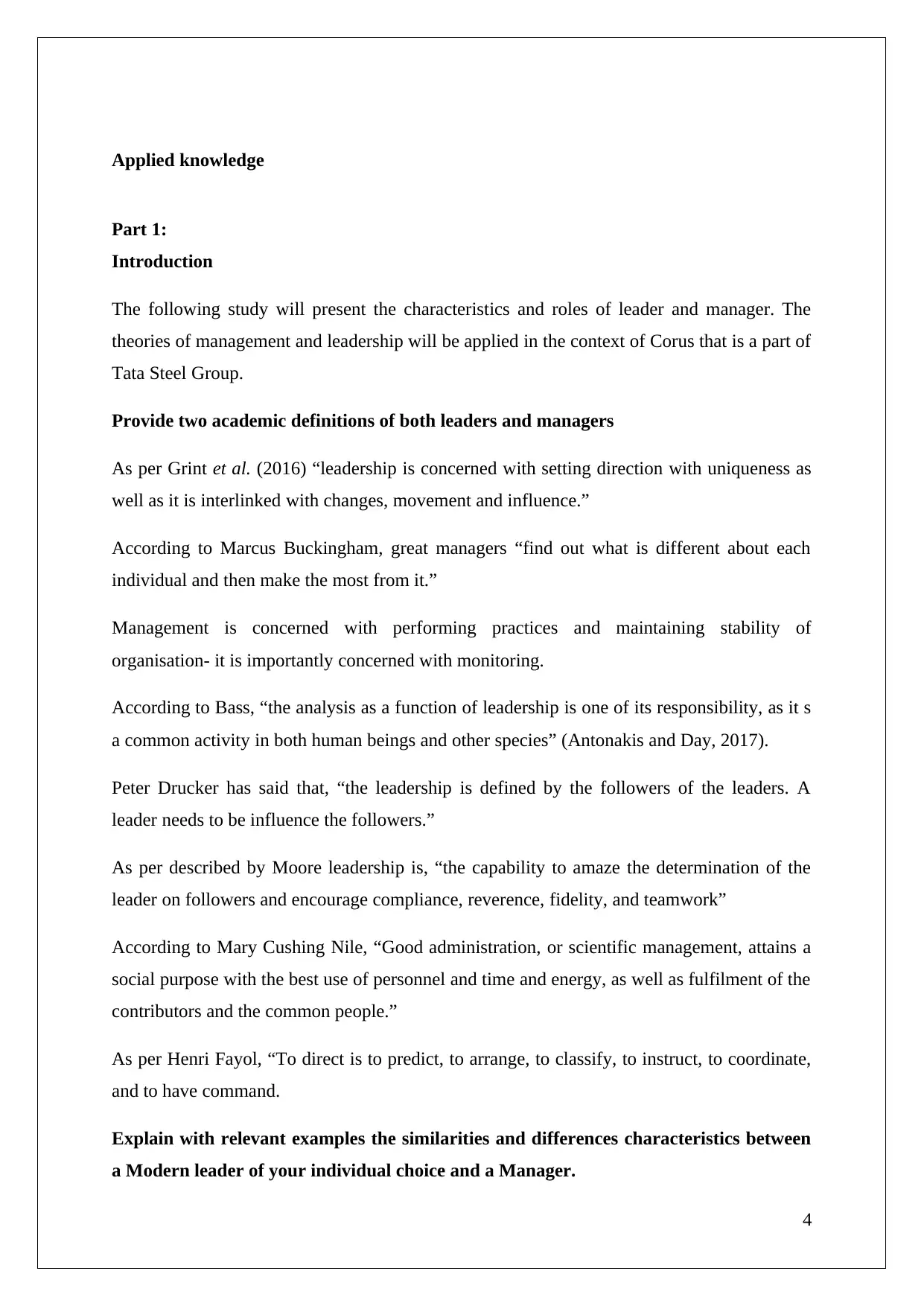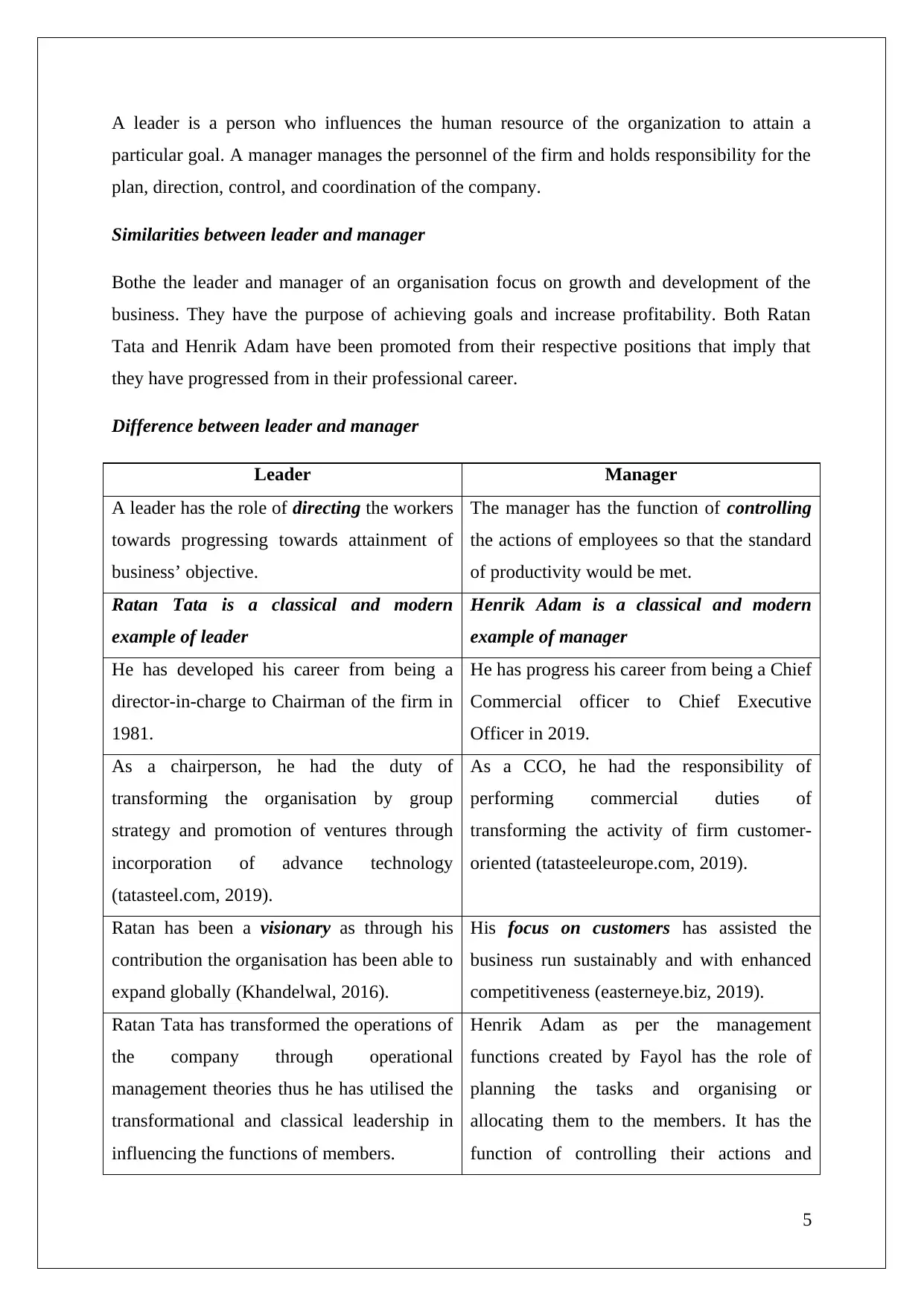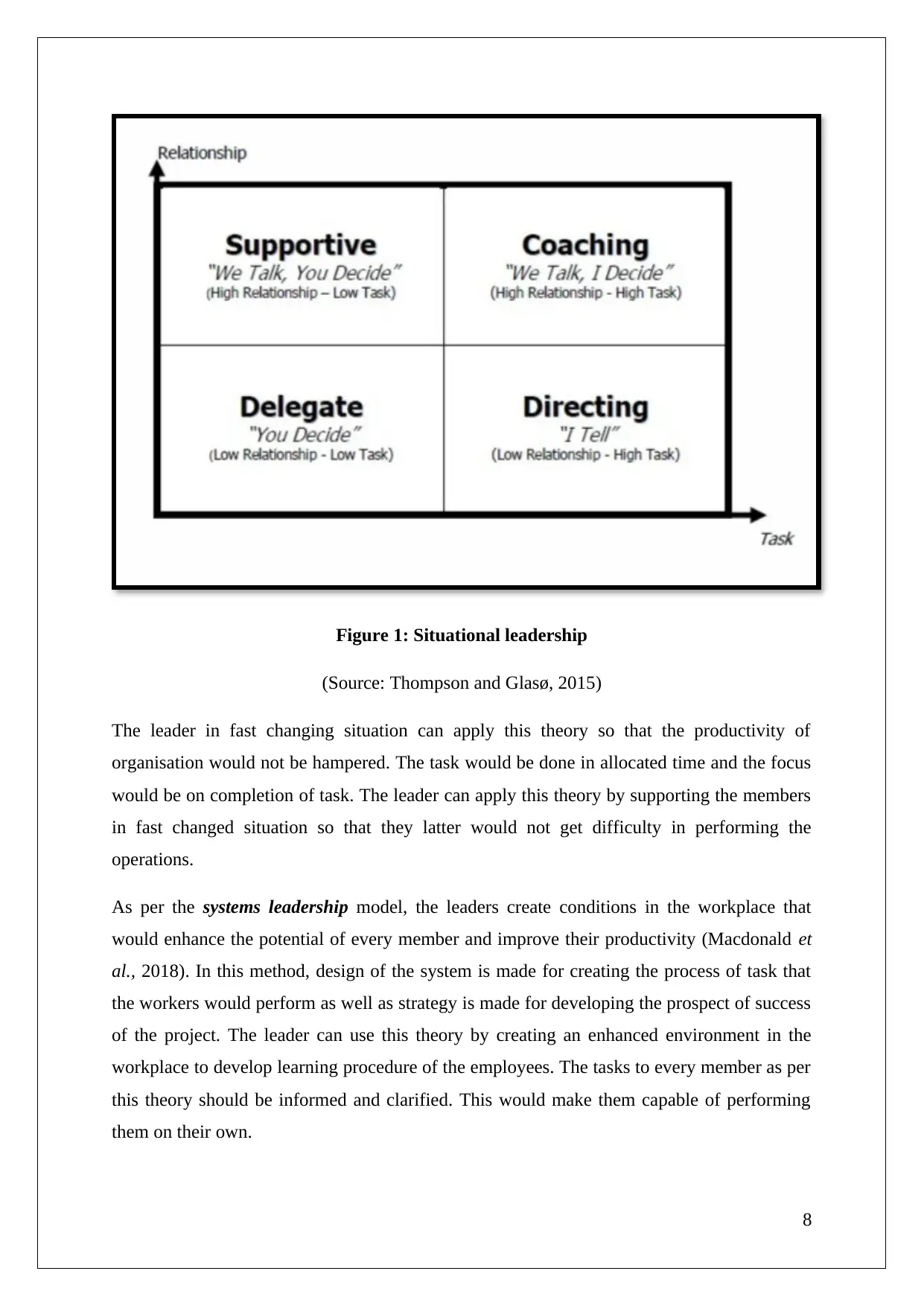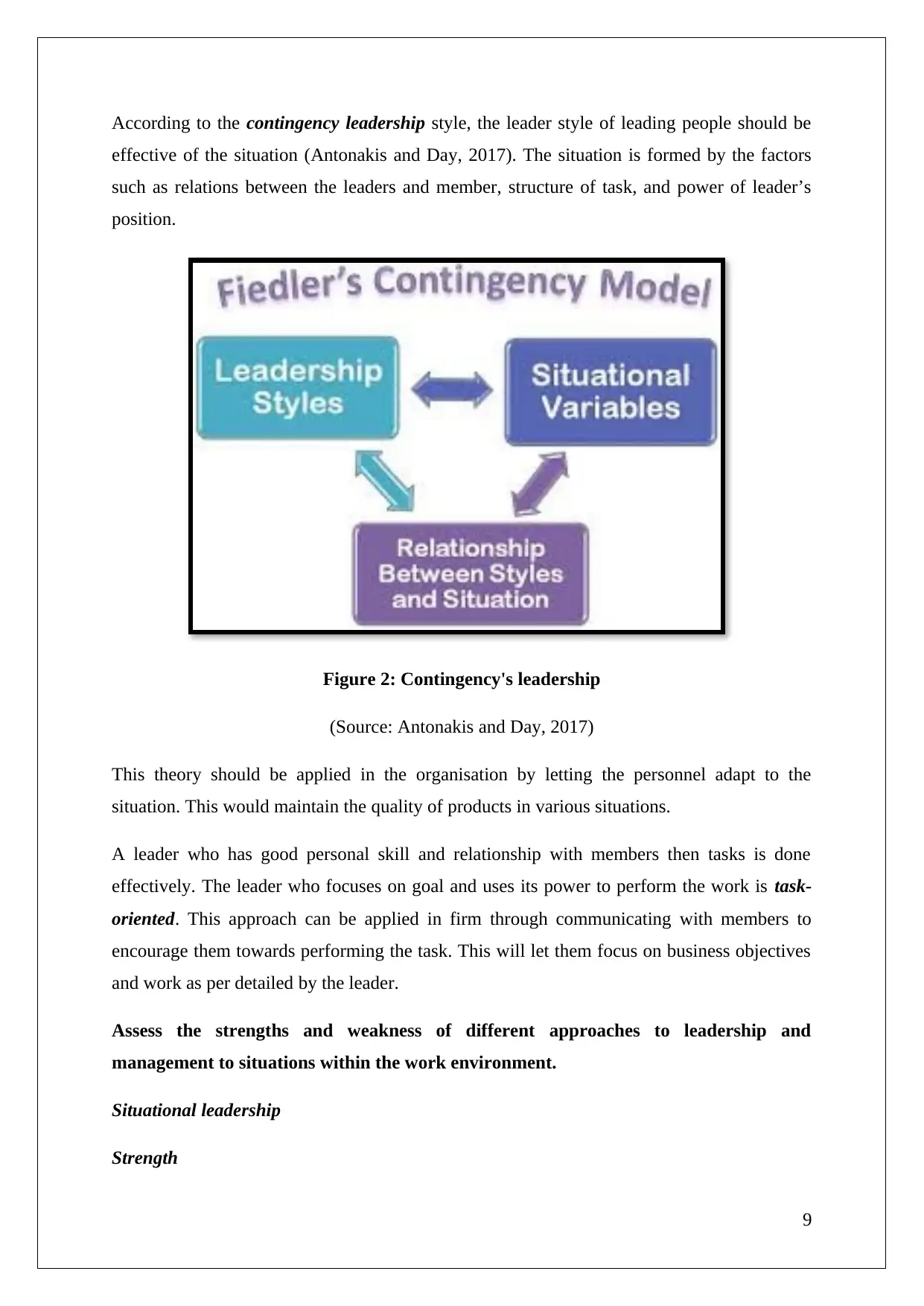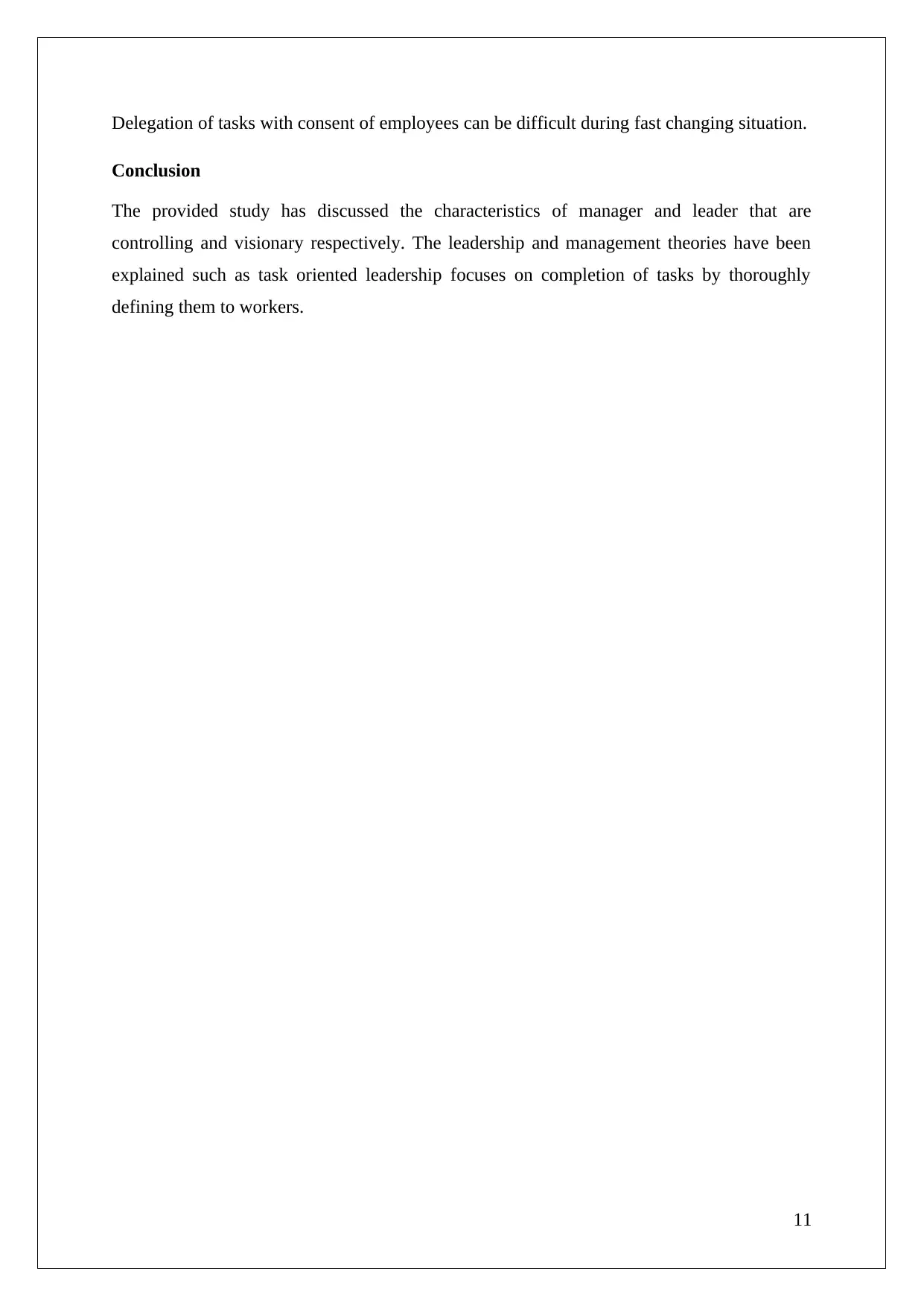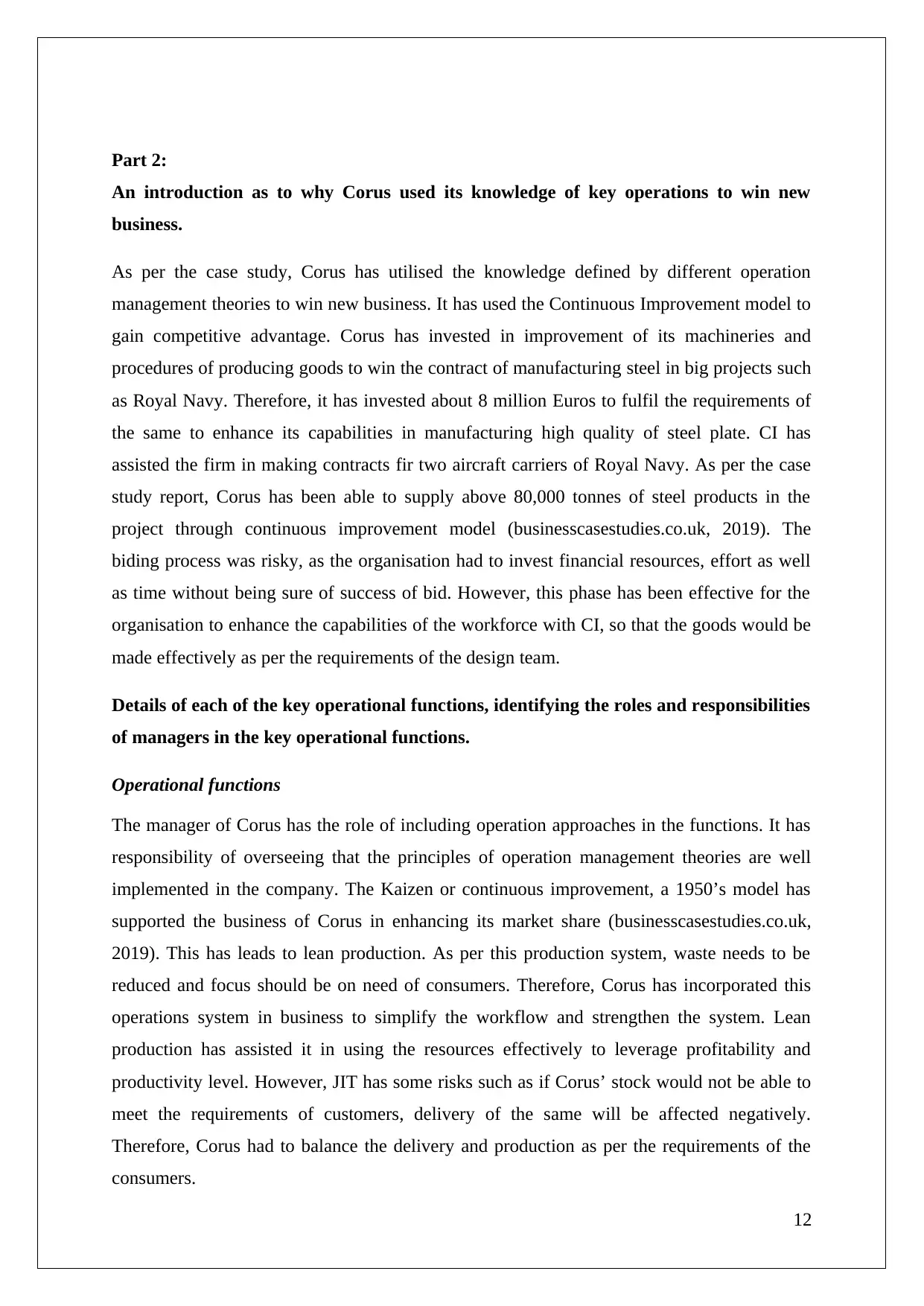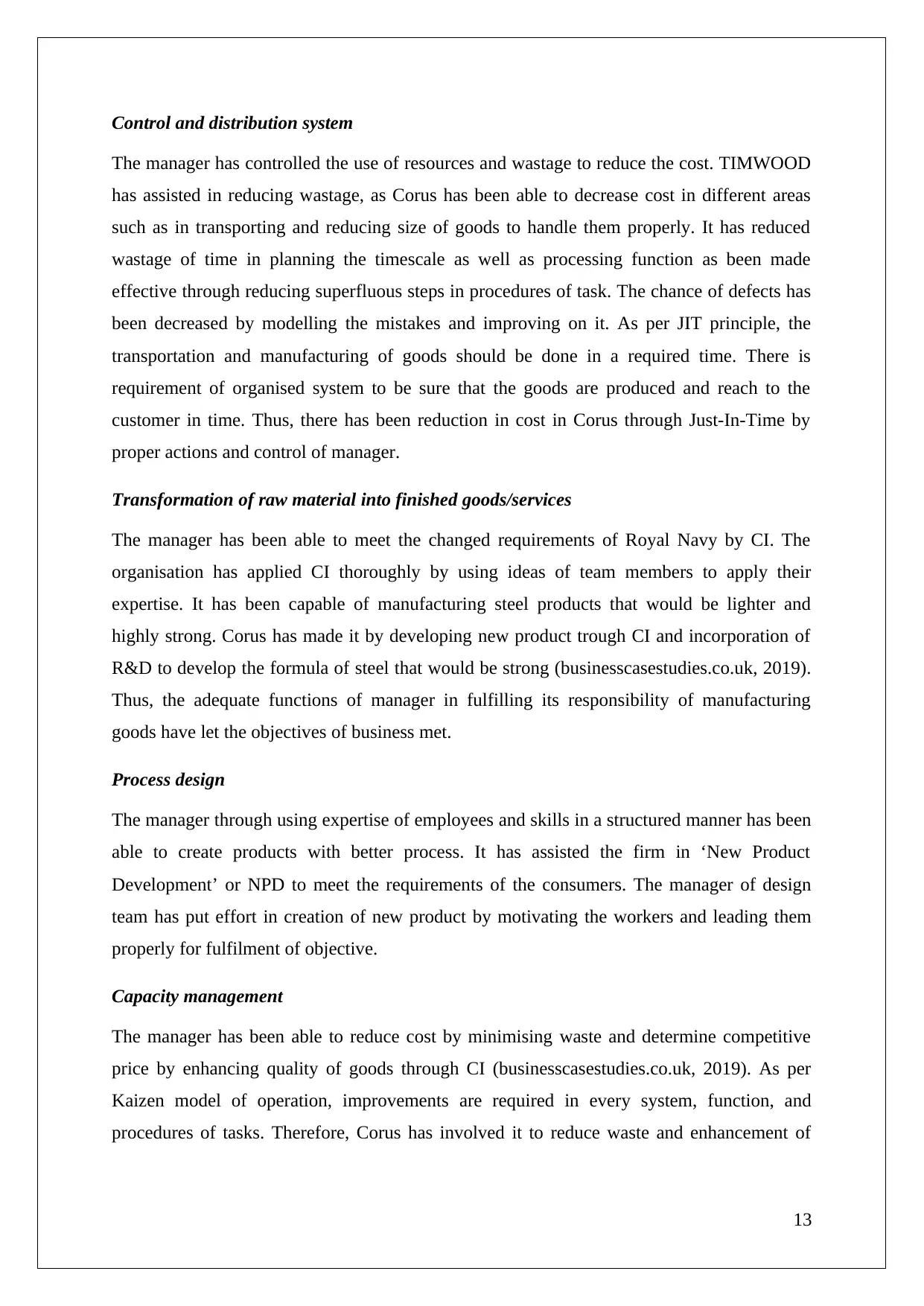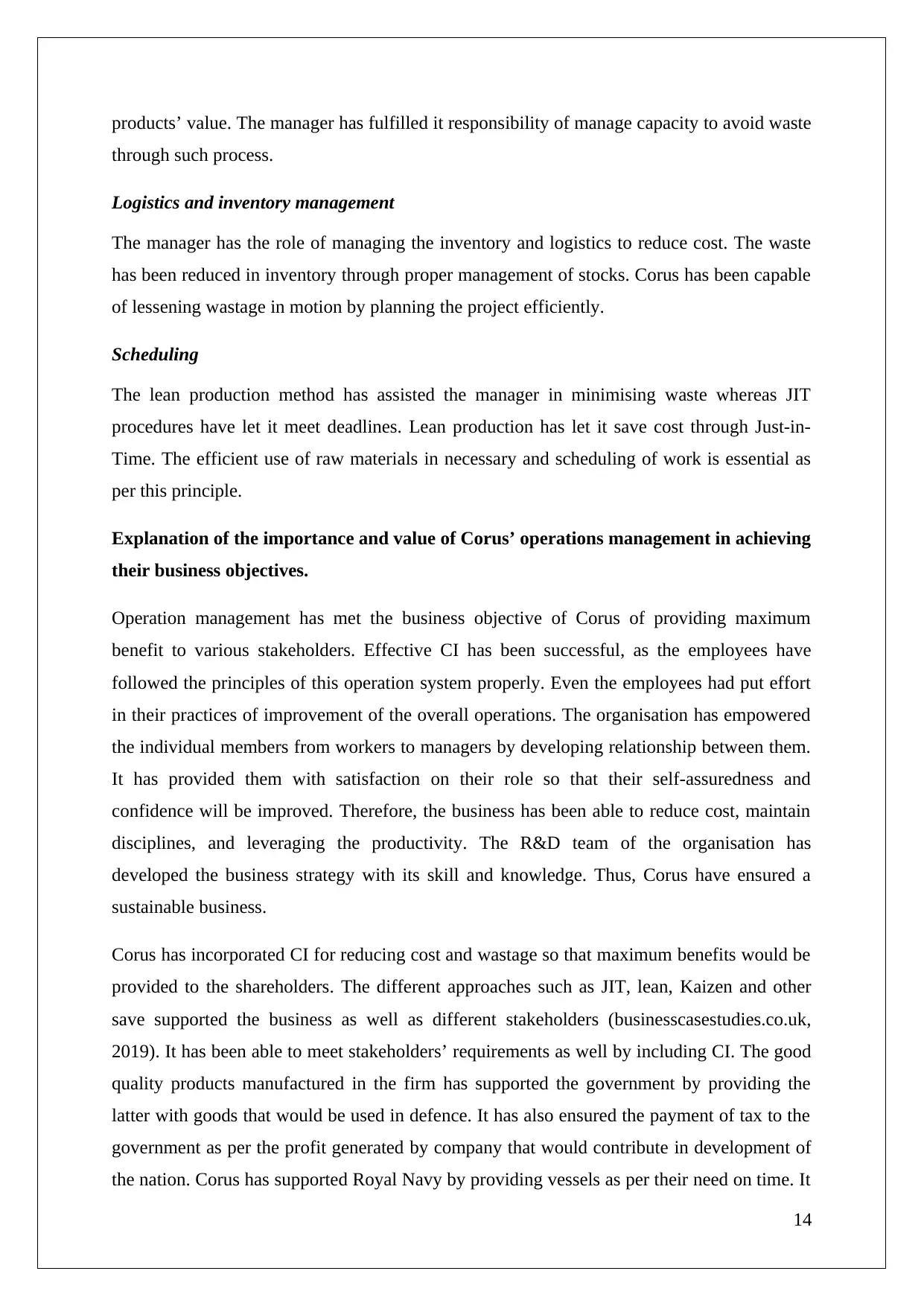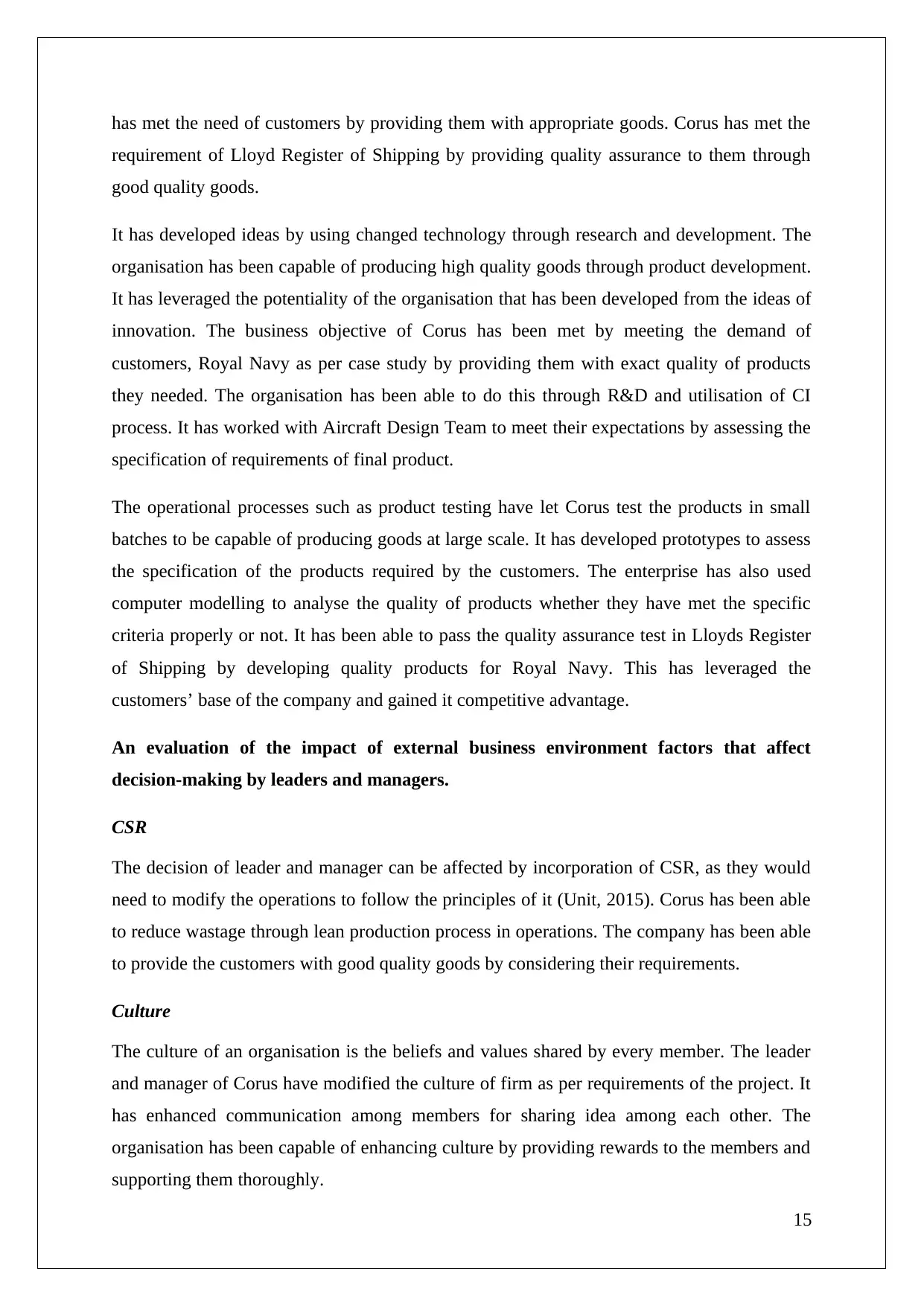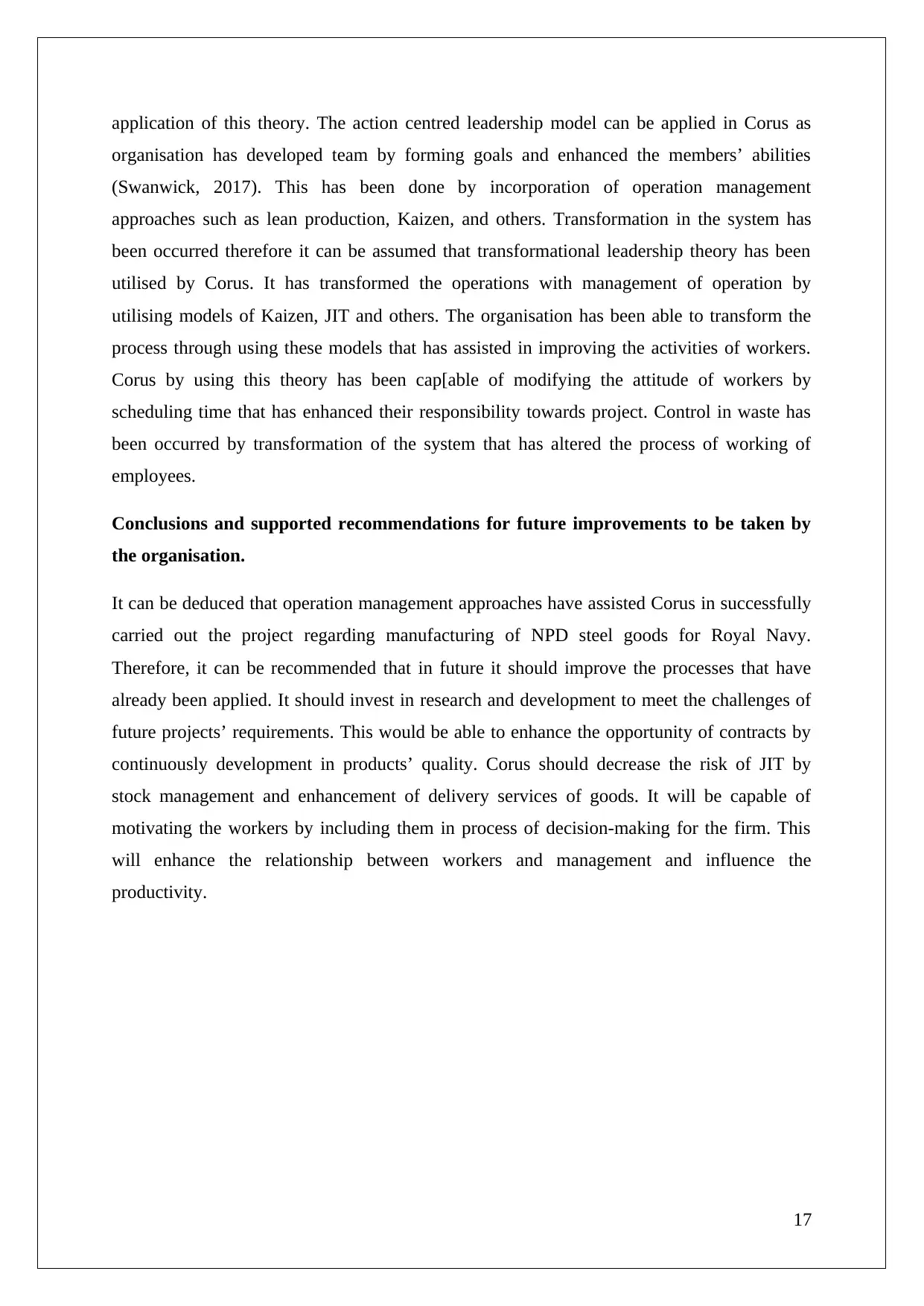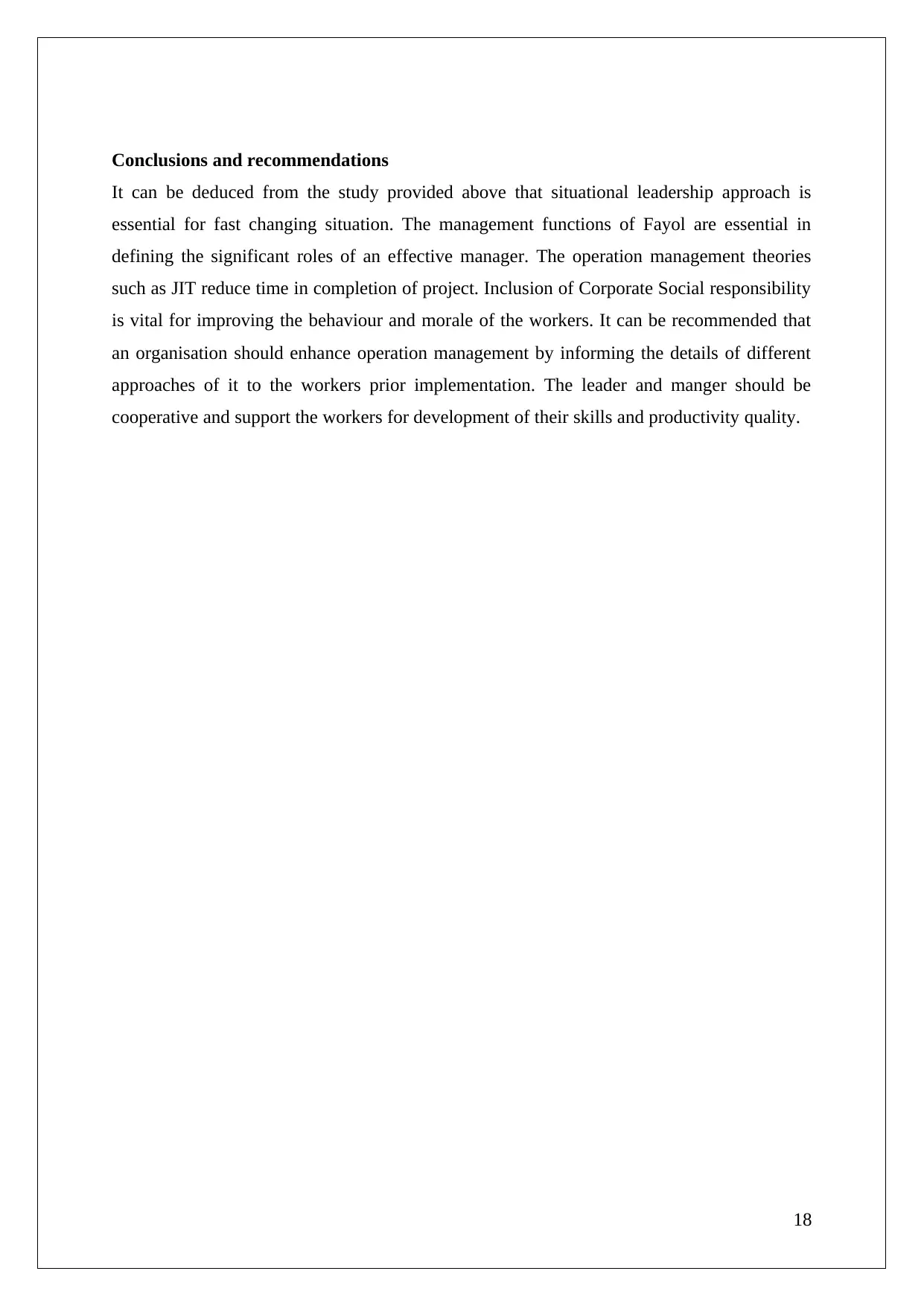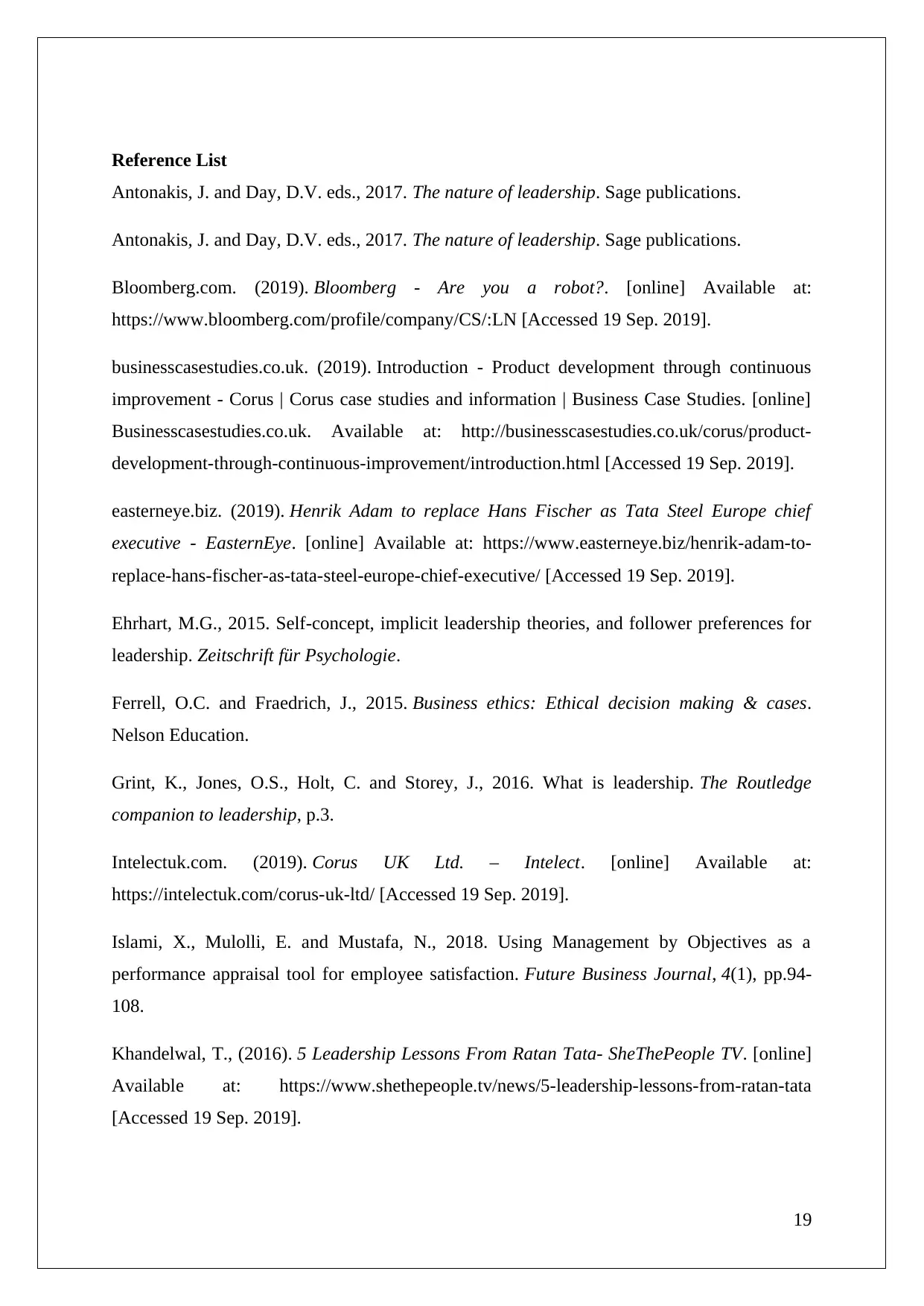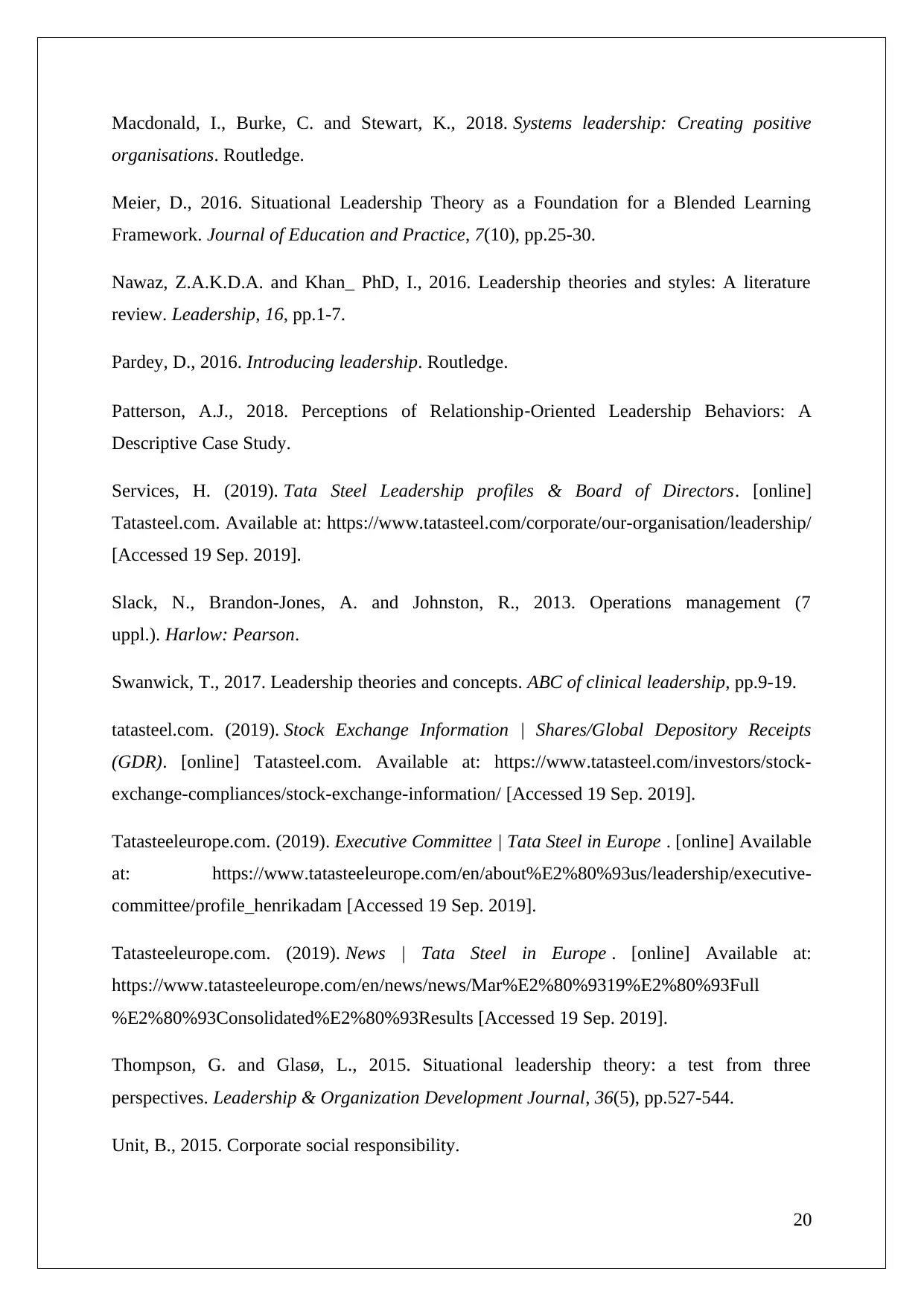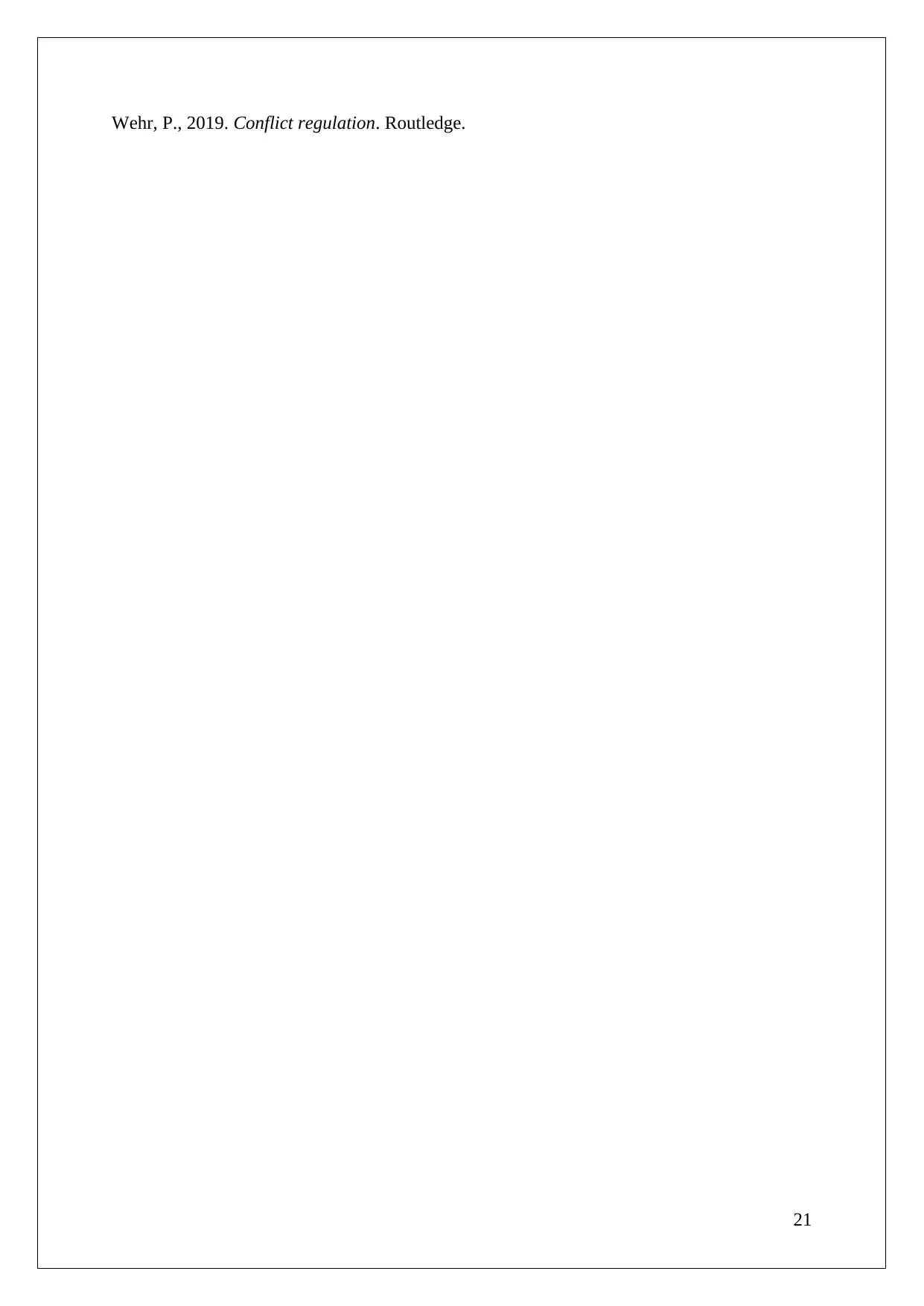This study examines the characteristics and roles of leaders and managers within the context of Corus, a subsidiary of Tata Steel Group. It explores the application of various leadership and management theories, including situational leadership, systems leadership, and contingency, in different organizational situations. The study analyzes the key operational functions of Corus, identifying the roles and responsibilities of managers in each function. It also evaluates the impact of external business environment factors on decision-making by leaders and managers. Finally, the study assesses how operational efficiencies were improved to successfully meet business objectives using efficiency management and leadership approaches, and provides recommendations for future improvements.
![[object Object]](/_next/static/media/star-bottom.7253800d.svg)
![[object Object]](/_next/static/media/star-bottom.7253800d.svg)
